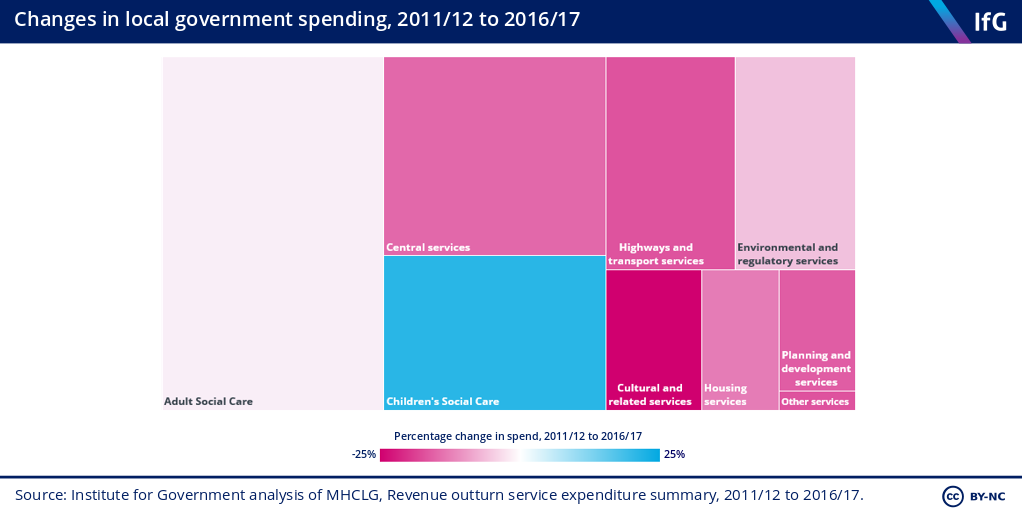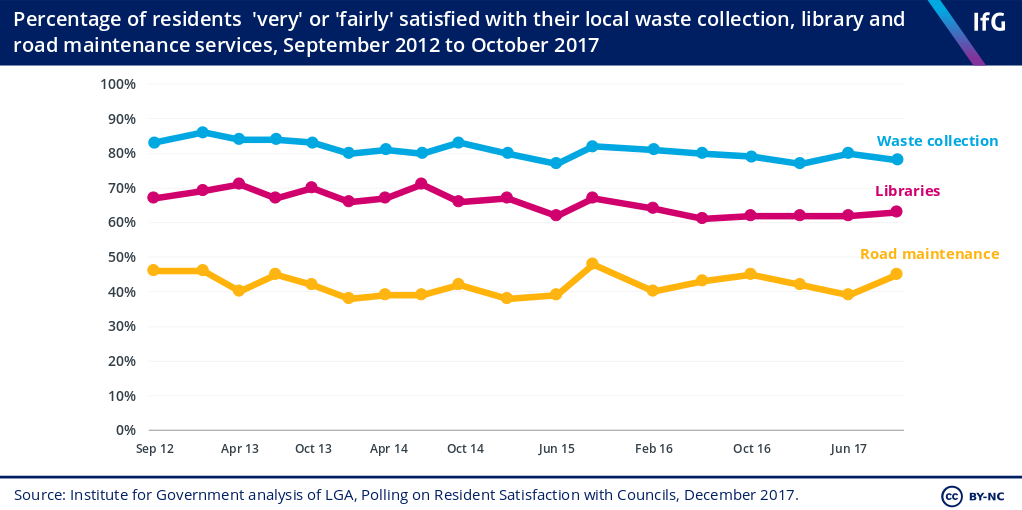Five questions new councillors must ask
Newly-elected councillors inherit a challenging mix of rising demands and smaller budgets.
Newly-elected councillors inherit a challenging mix of rising demands and smaller budgets. Graham Atkins sets out five questions they need to ask their officials.
Congratulations to the 4,400 newly-elected and re-elected local councillors. Councils deliver vital public services ranging from bin collection to protecting vulnerable children and adults – you have a chance to make a real impact in your neighbourhood.
Your time in office follows seven years of fiscal consolidation, with no signs of larger budgets or less demand to come. Here are the top five questions you need to ask on day one.
1. What’s been squeezed to protect social care?
Over the last five years, local authorities have cut spending on all local services apart from children’s social care. Adult social care has also been relatively protected – spending was cut less deeply than other services between 2010/11 and 2014/15, and has increased since then.

Local authorities have prioritised spending on statutory services that they are obliged to provide and on visible services that voters notice most, like A-road maintenance. But this has been done at the expense of other important but easier-to-squeeze services like Sure Start Children’s Centres, planning, and youth justice.
2. Has the council made efficiencies or cut services?
Cutting spending does not have to mean cutting services. Councils may have maintained the scope and quality of services, if they were able to find efficiencies – doing more with less.
There is some evidence of this. Resident satisfaction with waste collection, libraries, and road maintenance has held up despite spending reductions.

But there are now signs that spending cuts in at least some areas may have resulted in service cuts. For example, waste collections have become less frequent and have not been fully replaced with recycling collections, which remained flat over the last three years.
Central government departments lack data on service performance, but richer, more informative, data may be held locally. Councillors need to use this data to judge what the implications of further spending cuts in different areas would be.
3. Are our reserves going up or down?
Changes in the level of local government reserves – pots of money set aside to cushion the impact of emergencies – are often the canary in the coalmine. If councils are raiding reserves to support day-to-day spending, they will soon find themselves in financial trouble.
Overall reserves increased between 2010/11 and 2014/15. But since then, reserves have been declining among councils with social care responsibilities. In total, these councils have spent £2.5 billion from their reserves over the last two years.
Concerningly, the share of councils that have both overspent on social care and drawn down their reserves has increased over the last five years, reaching 57% in 2016/17, according to the National Audit Office.
4. What are our population pressures?
Demographic changes, primarily from an ageing population, are adding to financial pressure on local authorities.
Social care now makes up 54% of local authority spending on services. Two-thirds of adult social care provision is for the population aged 65 and over, which increased by 17.7% between 2009 and 2016. The Office for National Statistics forecasts this to increase by 54% between 2016 and 2039. The other main recipients of adult social care – working-age adults with long-term care needs – also increased by 10% between 2010/11 and 2016/17.
But adult social care isn’t the only population pressure. Increased demand is adding to pressures in other politically-charged areas such as children’s services and housing.
Councillors should look at the number of children local authorities are looking after, which has increased by 13% since 2010. And they should also look at household projections – figures used in the Government’s forecasts for housing needs which local authorities will be asked to deliver.
5. What are our neighbours doing?
No council is an island. Specific challenges vary but all councils face a common challenge – continuing to deliver vital services with smaller budgets.
Failing to look at what belt-tightening or transformation projects have been tried before, or elsewhere, is costly, time-intensive and risks duplicating reforms undertaken in other parts of the country.
Previous Institute for Government research has shown that local authorities benefit most from sector- and peer-led learning. Local councillors should encourage their officials to learn from others – and make sure they themselves talk to their political counterparts in other boroughs.
Innovation is already happening locally: local authorities can show Whitehall how it’s done.
Our Performance Tracker report is produced in partnership with CIPFA.
- Supporting document
- 5991 IFG - Performance tracker Autumn 2017 update.pdf (PDF, 2.14 MB)
- Topic
- Public services
- Keywords
- Local elections Local government Social care
- Publisher
- Institute for Government